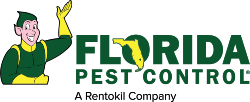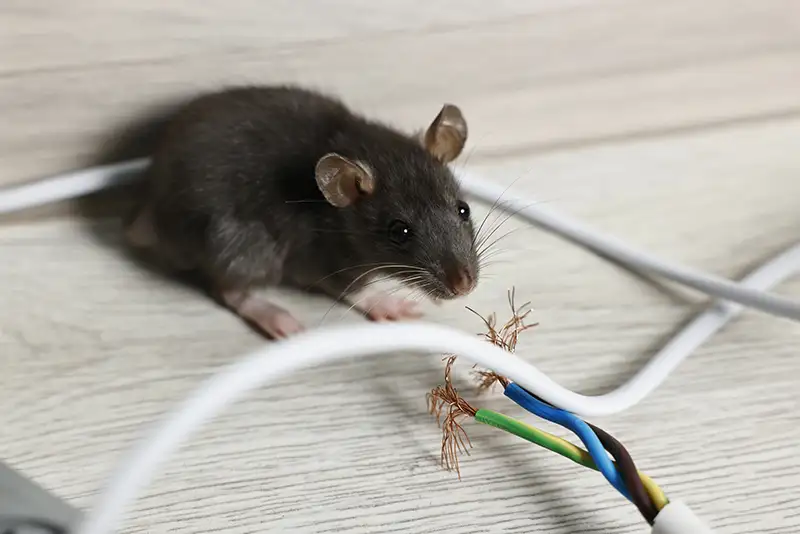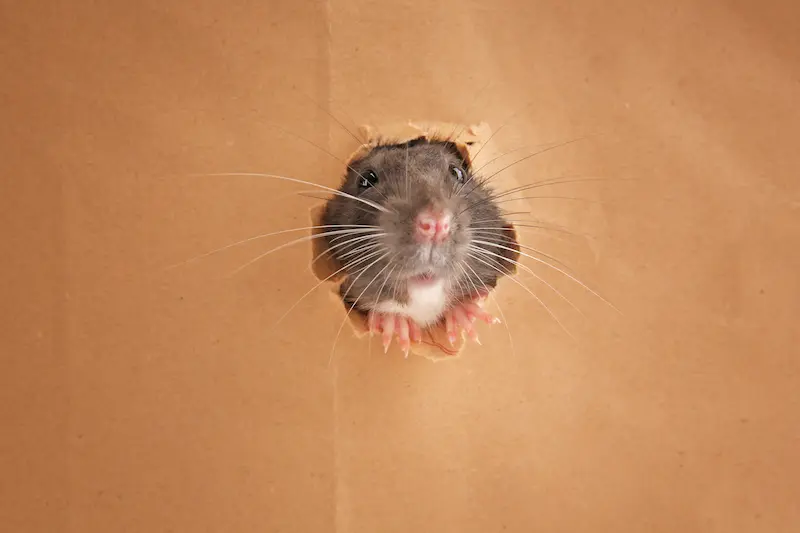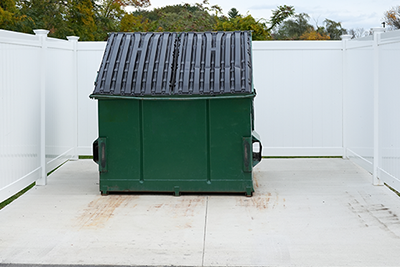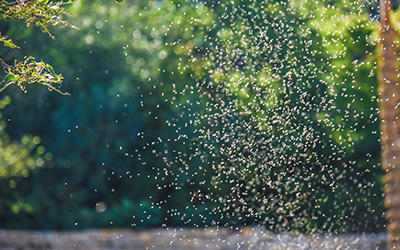Wasps (Vespula vulgaris) are fascinating insects that play a vital role in nature. As common stinging insects in Florida, they contribute to pollination, pest control, and environmental balance. But beyond their stingers, many wonder what exactly wasps eat. Do they solely rely on other insects, or do they consume a wider variety of foods?
Understanding their diet helps explain their behavior and how they interact with their surroundings.
Insects as a Food Source for Wasps
Wasps are carnivores, which means they eat other animals. Their diet mainly consists of protein-rich foods they feed themselves and their young. Female wasps hunt for food, bring it back to the nest, and feed it to their larvae (baby wasps).
Some of the common insects wasps eat are:
Flies
Adult wasps catch flies and other insects by stinging them and paralyzing them. Once paralyzed, the wasp brings the fly back to the nest to feed its larvae. Flies are abundant and easy for wasps to catch, making them a reliable source of food.
Caterpillars
Wasps will target young caterpillars, which are soft and easy to carry. Once caught, the wasp brings the caterpillar back to the nest to feed the larvae, helping them grow strong.
Aphids
Aphids are small pests that feed on plants, and wasps often hunt them for food. Some wasps, like parasitic wasps, will go after aphids and other small insects. Aphids also produce a sweet liquid called honeydew, which wasps eat as well.
Spiders
Some wasps even eat spiders! Some species, such as paper wasps and mud daubers will hunt spiders by stinging and paralyzing them. After the spider is paralyzed, the wasp drags it back to the nest to feed the larvae.
Sugars and Sweet Substances in a Wasp’s Diet

While wasps primarily feed on protein-rich foods like insects, their diet also includes a significant amount of sugary substances. These sugars provide wasps with quick energy, which is essential for their high-energy activities such as flying, hunting, and building their nests.
Just like humans reach for a sugary snack for an energy boost, wasps rely on nectar, honeydew, and other sweet liquids to fuel their busy day.
Nectar
Nectar is a sugary liquid that wasps collect from flowers. Like bees, wasps gather nectar, which gives them energy. Nectar helps wasps fly and hunt. It’s also important for pollination, so wasps help flowers grow by carrying pollen from one flower to another.
Honeydew
Honeydew is a sweet liquid that aphids and other plant-eating insects produce. Wasps love to drink honeydew because it’s full of sugar. This is another way wasps get energy. If you see wasps near aphid colonies, they are likely collecting honeydew.
Sugary Liquids
Wasps are attracted to sugary liquids, like soda, fruit juice, or spilled drinks. This is why you might see wasps near your outdoor picnic or barbecue. If you leave drinks uncovered, wasps may come to investigate. Be careful when eating outside, and keep your food covered.
Pollen
Although not a primary food, wasps sometimes eat pollen. Pollen is collected by wasps when they visit flowers. It provides them with extra nutrients, both protein and energy. However, unlike bees, wasps don’t store pollen to feed their young.
Honey
Honey is another sweet treat that some wasps eat. Wasps might steal honey from beehives or find honeycomb in the wild. However, honey is not a main food source for wasps, as they prefer protein and nectar.
Tree Sap
Tree sap is another sugary substance that wasps consume. During the warmer months, wasps may drink sap from trees, which gives them energy and nutrients. If you see wasps around trees, they might be feeding on sap.
Much like hornets, wasps are also great predators that help control other insect populations (though hornets are more aggressive than wasps, feasting on honeybees, flies, and caterpillars). You can learn more about a hornet’s diet in our article: Do Hornets Make Honey?
Other Foods Wasps Consume
In addition to insects and sugary substances, wasps also eat other types of food. Wasps are opportunistic feeders, meaning they will eat whatever food is available to them.
Fruit
Wasps love ripe fruit. They will often feed on fruit like apples, grapes, and peaches. Fruit is full of sugar, and wasps take advantage of it when it is readily available. In the late summer and fall, wasps can be found feeding on fallen fruit in gardens and orchards.
Carrion
Carrion is just another word for dead or decaying animals. Wasps like to feel on carrion because it gives them additional protein. Wasps are scavengers, so if they find a dead animal, they will feast on it. They may also bring parts of the carcass back to the nest to feed their larvae.
Fermented Fruit Liquids
When fruit rots, it ferments and produces alcohol. Wasps are attracted to the sugar and alcohol in fermented fruit. You might notice wasps around piles of rotting fruit or in areas where fruit has been discarded.
Human Foods
Wasps are attracted to human food, especially sweet treats like desserts and candy.
If you’re hosting a barbecue, picnic, or outdoor event, be mindful of leaving food uncovered. Wasps can quickly zero in on these food sources, and once they find them, they can become persistent. This is especially true in late summer and fall when natural food sources become scarcer for them, and they are on the hunt for an easy meal.
There are several effective ways to keep wasps from settling on your property. Learn how certain plants can naturally repel these pests. But if you’re dealing with a wasp problem or need help managing a wasp nest around your home, Florida Pest Control can help. Contact our wasp experts today.
Seasonal Changes in Wasp Diet

Wasps’ diets change throughout the year, depending on the season and the needs of the colony. In the warmer months, wasps are more active as they build and expand their nests, requiring more food to sustain themselves and their larvae.
Understanding these changes can help you anticipate wasp behavior and make proactive steps to manage their presence around your home. Let’s take a closer look at what wasps eat during each season.
What Do Wasps Eat in Spring?
Spring marks the beginning of the wasp life cycle.
During this time, new queen wasps emerge from hibernation and begin searching for suitable spots to build nests. Once they find a location, they begin constructing the nest and laying eggs that will eventually hatch into worker wasps. These early worker wasps are responsible for foraging for food to feed the newly laid eggs.
In spring, the wasp diet mainly consists of protein-rich foods needed to help the larvae develop. Worker wasps hunt insects like caterpillars, flies, and spiders, which provide the protein necessary for the colony’s young. The queen may also feed on these insects, as well as nectar from flowers and honeydew from aphids or other plant-sucking insects.
Nectar and honeydew offer a source of sugar, giving wasps the energy they need to keep the colony going and support their activities, like nest building and egg laying.
Because the colony is still small in the spring, wasps do not need large quantities of food. However, the amount of food they gather begins to increase as the queen continues to lay more eggs.
Then, as spring progresses and the weather warms, workers will become more active, and the demand for food grows.
What Do Wasps Eat in Summer?
Summer is the peak of wasp activity. During this time, the nest is fully established, and the colony has expanded to its largest size. As the colony grows, so does the need for food. Worker wasps are responsible for gathering food for both the larvae and the adult wasps. They actively hunt for protein-rich insects to feed the larvae, including caterpillars, flies, spiders, and other small insects.
In summer, wasps become more aggressive in their search for food. This is when they are most likely to be seen around your yard, especially near outdoor eating areas or trash cans.
In addition to sugary foods, wasps also continue to forage for nectar from flowers and honeydew produced by aphids or other plant-sucking insects. These sugary substances give wasps the energy they need for their daily activities. Some wasps will also feed on fermented fruit or other sugary liquids, especially in the late summer when their need for energy increases.
As the colony’s food requirements grow, so does the demand for protein and sugar to support both the larvae and the adult wasps. During this time, wasps are very active in hunting and foraging, making it essential to be mindful of food sources that could attract them.
Summer is also the period when wasps may become more defensive, as their nests are fully established, and they are focused on protecting their colony. Beware of wasp stings around this season.
By the end of summer, the queen will begin laying fewer eggs, and the colony will start to wind down.
Why Understanding Wasp Diets Matters
Knowing what wasps eat is important if you want to manage them around your home. Wasps are helpful in nature because they control pest populations, but they can also become a nuisance when they build nests close to your home. Understanding their diet helps you know where to find their food sources and how to reduce the chance of attracting them to your house.
By eliminating sugary drinks, covering food, and keeping trash areas clean, you can discourage wasps from settling near your home.
If you find a wasp nest near your house, it’s important to take care of the problem before the colony grows too large and becomes more aggressive. Learn how to prevent a wasp’s nest on your property.
Need Help Managing Bees, Wasps, or Hornets?
If you’re dealing with a wasp nest or other stinging insects, Florida Pest Control is here to help.
Our licensed bee, wasp, and hornet exterminators are trained to remove wasp nests and prevent future problems. So whether you’re dealing with European hornets, honeybees or yellowjackets, contact us!
